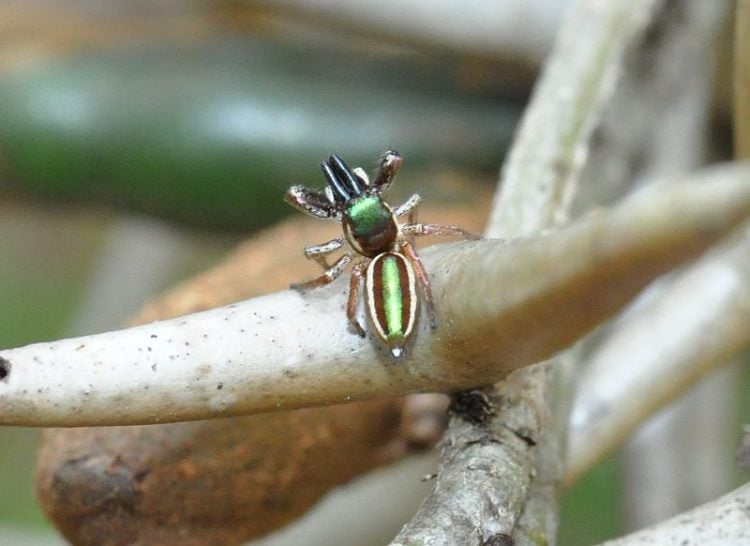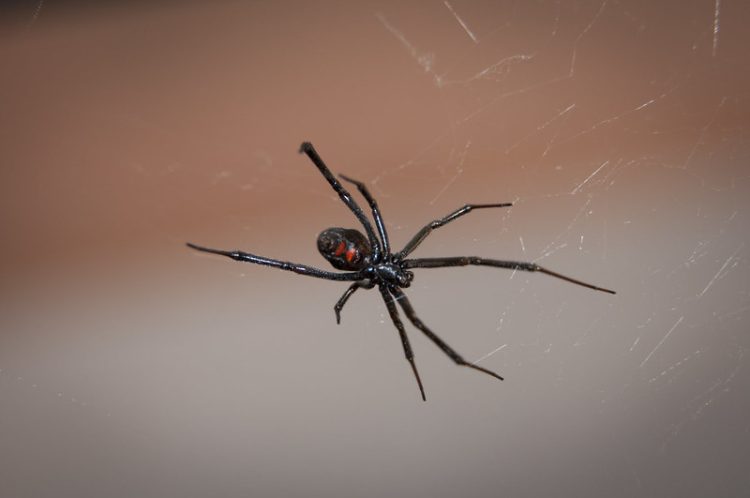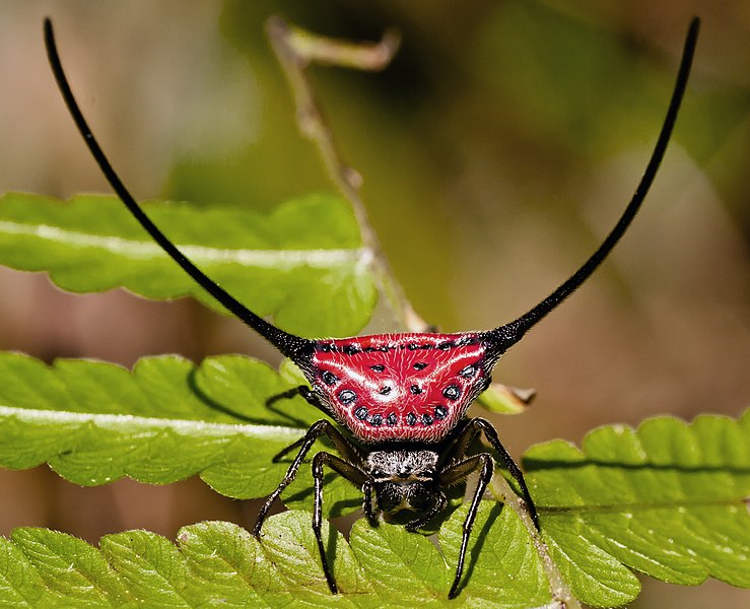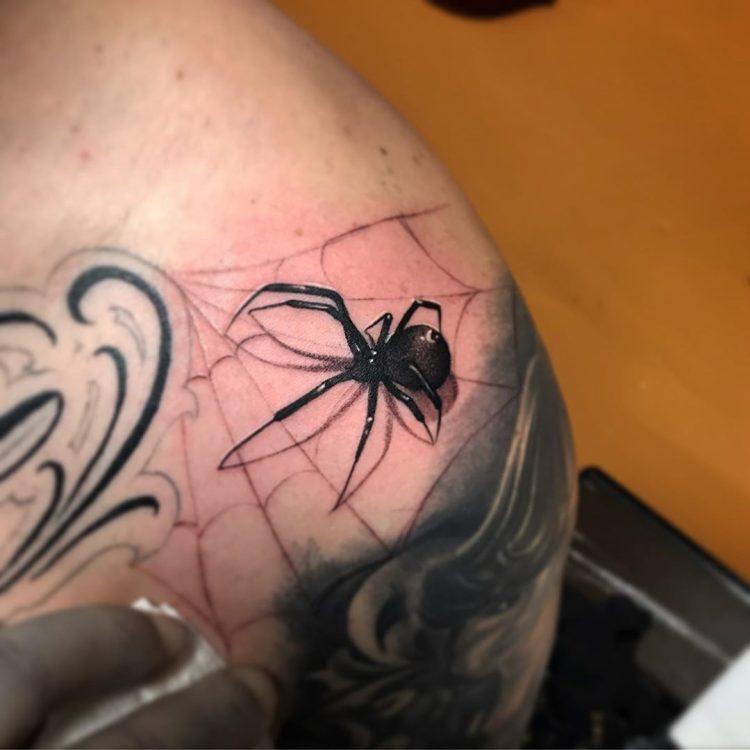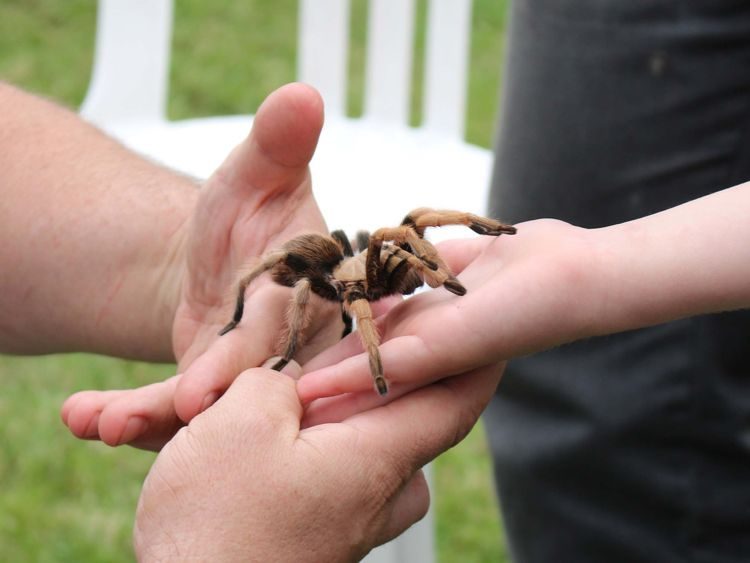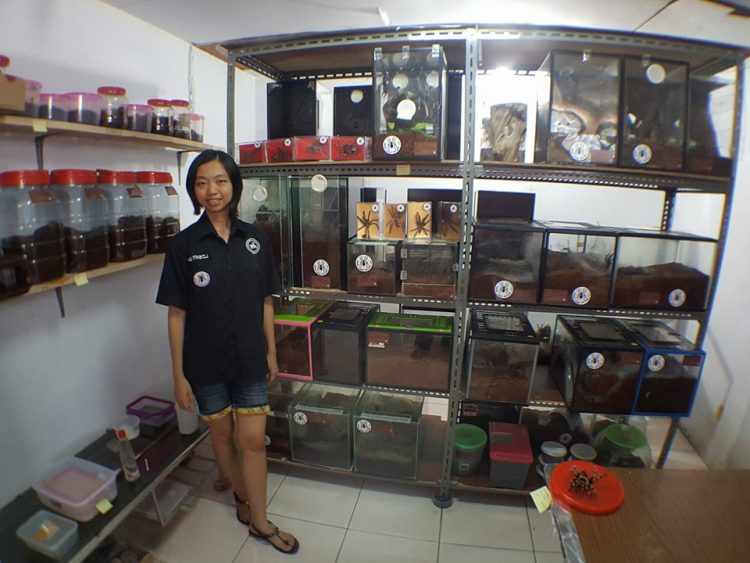There are around 45,000 species of spider in the world, all of them carnivorous, with one exception – Bagheera kiplingi, a jumping spider known for feeding almost exclusively on plants.
Native to the forests of Central America and Mexico, Bagheera kiplingi is only 5-6mm long and spends most of its time on the old leaves of acacia trees, waiting for their opportunity to snatch their favorite meal – the Beltian bodies that grow on the very tips of young acacia leaves. There is only one problem, in order to gorge on their meal of choice, these tiny jumping spiders need to go through a gauntlet of aggressive ants that also feed on Beltian bodies, quickly clip it off with their fangs, and then run away to a safe place to feast on it. Rich in lipids and proteins, Beltian bodies are very nutritious for insects, but extremely unusual for arachnids, the vast majority of which are carnivorous.

